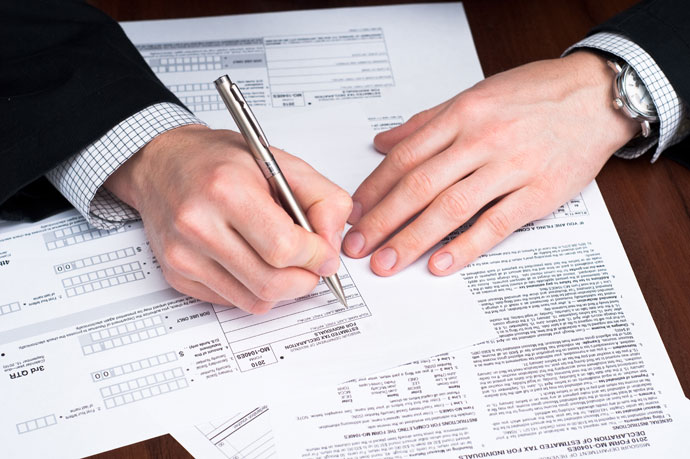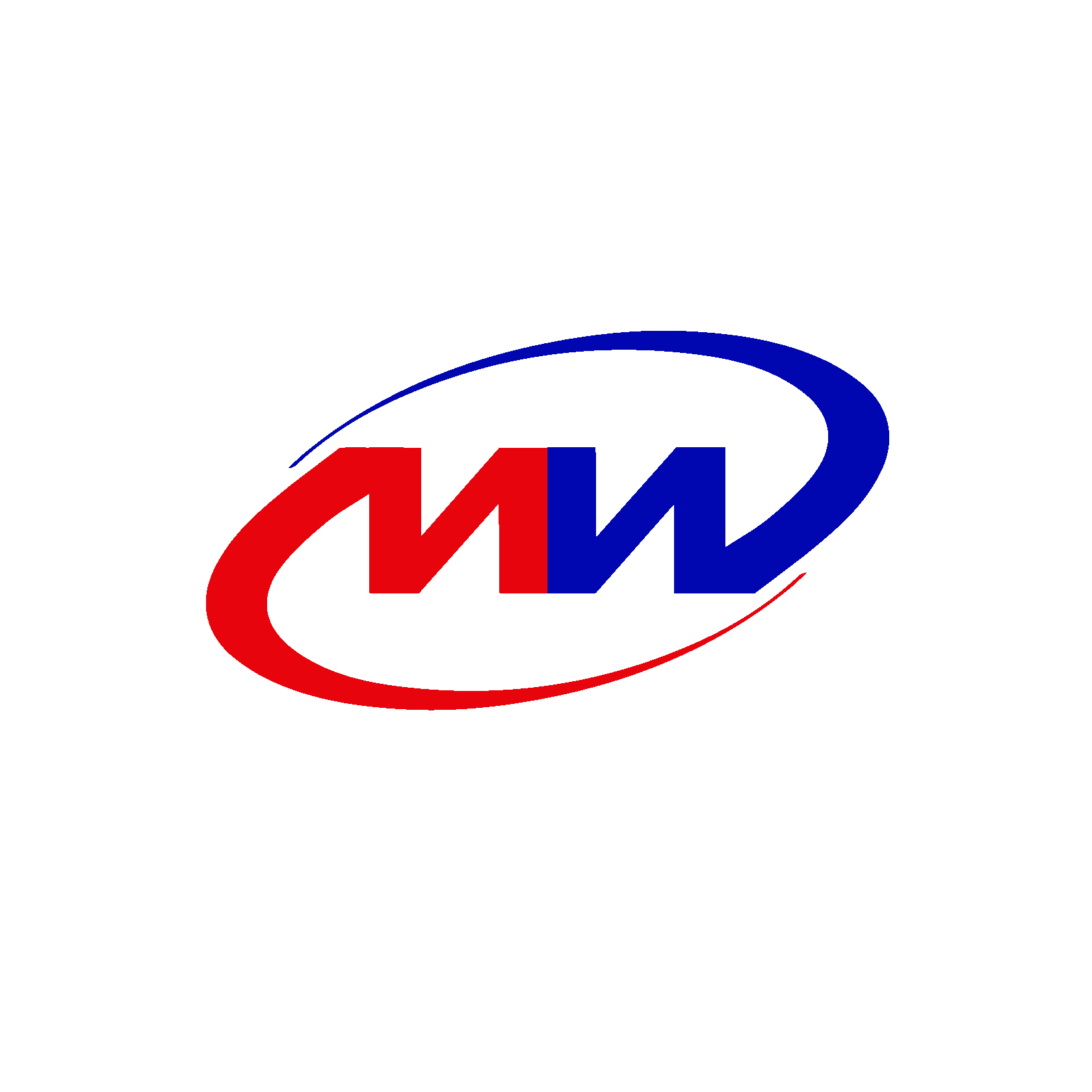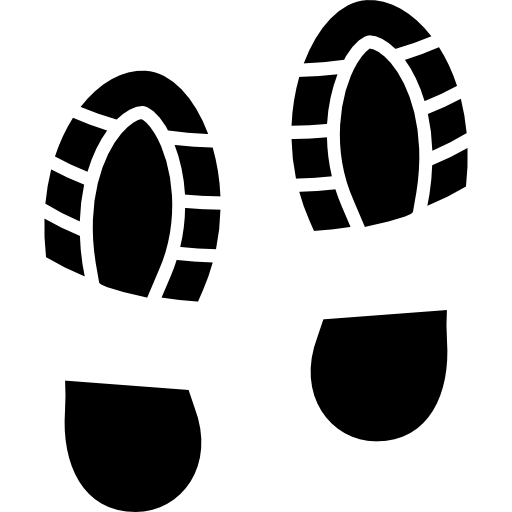Please leave your phone number below and we will contact you!
Your information is safe and will not be passed on to third parties
Please fill out a form for a quick estimate
Your information is safe and will not be passed on to third parties
Need help? Leave your phone number
and our manager will contact you!
and our manager will contact you!
CUSTOMS CLEARANCE
Preparation of a set of documents
Selection of HS codes
Calculation of customs payments
Remote release
Placement of goods at the temporary storage warehouse
Participation in customs inspection
CARGO CUSTOMS CLEARANCE
Customs clearance is a complex activity that is carried out by participants in foreign economic activity in the process of moving goods and cargo across the customs border. In everyday life, you can also hear terms such as customs clearance, declaration of goods and cargo, export and import clearance.
All goods and goods passing through the border of the Customs Union, both imported into the territory of the Russian Federation and exported, are subject to the customs clearance procedure.
All goods and goods passing through the border of the Customs Union, both imported into the territory of the Russian Federation and exported, are subject to the customs clearance procedure.
THE COST OF THE CUSTOMS CLEARANCE
The cost of customs clearance of cargo consists of many things. In order to avoid surprises, we recommend that you calculate customs payments in advance.
Please note: we carry out transportation only on the basis of a direct contract concluded with the supplier or manufacturer of the goods, where the payment of customs duties is calculated from the real value of the goods.
Please note: we carry out transportation only on the basis of a direct contract concluded with the supplier or manufacturer of the goods, where the payment of customs duties is calculated from the real value of the goods.

CUSTOMS CLEARANCE PROCEDURE
The rules for crossing the border between states with cargo provide for the passage of 4 stages:
Arrival at the customs point in the country of destination
Customs clearance - registration of a permit for export from the country
Transportation of cargo across the border
Customs clearance - obtaining permission to import goods into the country
1
2
3
4




The cost of customs clearance in each case is calculated individually. Several factors are taken into account when calculating the price:
Type of goods
Lot size
Availability of accompanying documents, etc.
REGISTRATION PROCEDURE
Calculation of the duty. The amount of the duty depends on the classification code of the Foreign Economic Activity Commodity Classification, the number or volume of goods.
Control over the payment of duties. The carrier is obliged to make all payments indicated by the inspectors. Receipts and checks must be presented to customs officers.
Registration of permission. This is the last step. After checking the documents and paying the duties, the carrier receives a permit in his hands and can proceed with the cargo across the border
Our team competently organizes the entire process of interaction between the company and the regulatory authorities, as well as quickly and correctly draws up the necessary documents for imported goods, thereby relieving you of unnecessary routine and freeing up time for more important matters for you.
Control over the payment of duties. The carrier is obliged to make all payments indicated by the inspectors. Receipts and checks must be presented to customs officers.
Registration of permission. This is the last step. After checking the documents and paying the duties, the carrier receives a permit in his hands and can proceed with the cargo across the border
Our team competently organizes the entire process of interaction between the company and the regulatory authorities, as well as quickly and correctly draws up the necessary documents for imported goods, thereby relieving you of unnecessary routine and freeing up time for more important matters for you.
Filling in declarations. They must include information about any cargo that is subject to export or import duties according to the laws of the country.
Oral declaration. The supplier's representative must present the cargo to the customs officers, list what exactly is transported across the border.
Cargo inspection. At this stage, inspectors inspect the cargo and check if it matches the information that is indicated in the documents and declaration. If the cargo is packed, the packaging is opened only if there is a suspicion of the transportation of goods prohibited or not specified in the declaration.
Oral declaration. The supplier's representative must present the cargo to the customs officers, list what exactly is transported across the border.
Cargo inspection. At this stage, inspectors inspect the cargo and check if it matches the information that is indicated in the documents and declaration. If the cargo is packed, the packaging is opened only if there is a suspicion of the transportation of goods prohibited or not specified in the declaration.
Customs fee
Customs fee is a mandatory payment charged to the declarant when goods cross the border.
Customs fees, depending on the types of rates, are:
- ad valorem, i.e. calculated as a percentage of the customs (contract) value (for example, particle board, code 4411949000, the rate is 7.5%);
- specific, i.e. calculated in monetary terms per unit of goods (for example, carpets, code 5703201209, the rate is 0.25 Euro / m2);
-combined (for example, jersey code 6103290009 rate 10%, but not less than 1.88 Euro / kg).
The rate depends on the product code and country of origin. The rates are regularly reviewed. For certain groups of goods, sometimes special conditions are introduced, implying a decrease, increase or cancellation of rates. The list of goods for which the export customs duty is established and their size is fixed in the PRF resolution of August 30, 2013 N 754.
Customs fees, depending on the types of rates, are:
- ad valorem, i.e. calculated as a percentage of the customs (contract) value (for example, particle board, code 4411949000, the rate is 7.5%);
- specific, i.e. calculated in monetary terms per unit of goods (for example, carpets, code 5703201209, the rate is 0.25 Euro / m2);
-combined (for example, jersey code 6103290009 rate 10%, but not less than 1.88 Euro / kg).
The rate depends on the product code and country of origin. The rates are regularly reviewed. For certain groups of goods, sometimes special conditions are introduced, implying a decrease, increase or cancellation of rates. The list of goods for which the export customs duty is established and their size is fixed in the PRF resolution of August 30, 2013 N 754.
VAT
All imported goods fall into 3 categories depending on the applicable VAT rate: VAT is charged in full (20%) - most of the goods fall here;
A preferential rate (10%) is charged - this includes some categories of food products and a number of products for children. A detailed list is indicated in clause 2 of Art. 164 of the Tax Code of the Russian Federation;
A zero VAT rate (0%) is applied - if high-tech equipment that has no domestic analogues is imported into the country.
The list of equipment is constantly changing. The decision on whether the imported equipment is subject to exemption from VAT is made by the Ministry of Industry and Trade of the Russian Federation and fixed by the Cabinet of Ministers by appropriate resolutions. How to calculate VAT customs duties on import? The calculated VAT base is determined as the sum of the customs value of the purchase, customs duty and excise tax, and then from the amount received, 20% or 10% VAT is calculated. For example, the invoice value of the goods is $ 1000, delivery to the customs territory of the Russian Federation is $ 150, the duty is 7.5%, the goods are not excisable, and are subject to VAT 20%. Customs value 1000 + 150 = 1150 dollars. The duty is 1150 * 7.5% = 86.25 dollars. The basis for calculating VAT will be the amount of 1150 + 86.25 = 1236.25 dollars. As a result, VAT will be 1236.25 * 20% = 247.45 dollars. (in rubles at the exchange rate on the day of sending the declaration).
A preferential rate (10%) is charged - this includes some categories of food products and a number of products for children. A detailed list is indicated in clause 2 of Art. 164 of the Tax Code of the Russian Federation;
A zero VAT rate (0%) is applied - if high-tech equipment that has no domestic analogues is imported into the country.
The list of equipment is constantly changing. The decision on whether the imported equipment is subject to exemption from VAT is made by the Ministry of Industry and Trade of the Russian Federation and fixed by the Cabinet of Ministers by appropriate resolutions. How to calculate VAT customs duties on import? The calculated VAT base is determined as the sum of the customs value of the purchase, customs duty and excise tax, and then from the amount received, 20% or 10% VAT is calculated. For example, the invoice value of the goods is $ 1000, delivery to the customs territory of the Russian Federation is $ 150, the duty is 7.5%, the goods are not excisable, and are subject to VAT 20%. Customs value 1000 + 150 = 1150 dollars. The duty is 1150 * 7.5% = 86.25 dollars. The basis for calculating VAT will be the amount of 1150 + 86.25 = 1236.25 dollars. As a result, VAT will be 1236.25 * 20% = 247.45 dollars. (in rubles at the exchange rate on the day of sending the declaration).
SERVICES



